Stems are proving to be the biggest DJ mixing evolution in decades. RANE’s insane flagship controller, the RANE FOUR, was the first Serato device to be custom-built around stems technology.
But have club giants, Pioneer DJ, now taken the ranes with the DDJ-FLX10, their answer to this four-channel powerhouse?
With the two coming in at roughly the same cost, DJs looking for a premium stems controller may be torn between RANE’s official Serato DJ 3 launch device and Pioneer’s future-thinking take on things.
Both come from the industry’s leading hardware manufacturers and represent the absolute pinnacle of what’s available right now.
Which controller is the best of the best?
In this article, we explore the pros and cons of each device and pit the two head-to-head to see what these class-leading controllers are made of!
RANE FOUR
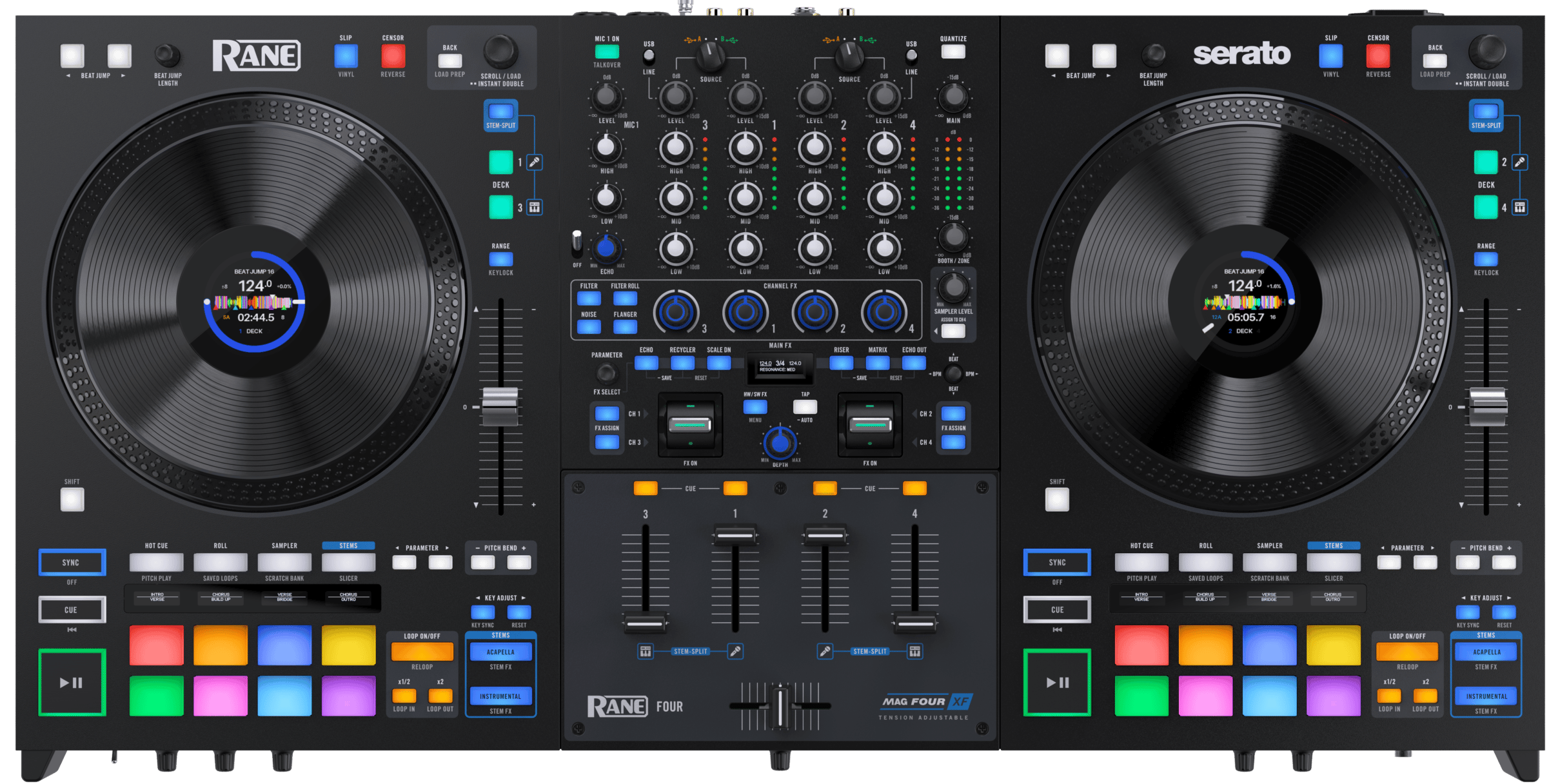
Price: $1699.00
Pros: Four-channel open format layout with awesome hardware effects, super easy stem splitting feature, and innovative mini OLED screens to help DJs keep track of performance features.
Cons: Lack of jog wheel tension adjustment and older-style USB-B connections
Overview:
RANE have been respected on the scene since the ’80s and later cemented a reputation amongst open format DJs following the release of their legendary battle mixer, the TTM54.
In 2004 their collaboration with Serato began, and they’ve never looked back, releasing official kit held in the highest regard by the DJ community.
RANE FOUR is their second-ever controller but comes after years of experience manufacturing top-tier mixers.
See our RANE FOUR Demo and Review for a complete breakdown of its awesome functions!
Stems on RANE FOUR
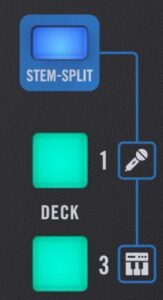
The game-changer on this device is the STEM SPLIT button, which splits a track across two channels.
The instrumental stem goes to one channel and the vocal to the other, giving users independent control over each stem.
This opens up mega creative possibilities as DJs can lower the instruments, bring up the vocals and quickly create mashups on the fly!
The stem decks are locked together to avoid unwanted audio messiness, like nudging a vocal out of time but can be unlocked for those wanting more precise control.
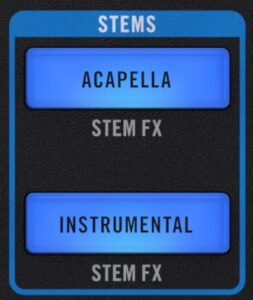
There are also dedicated ACAPELLA and INSTRUMENTAL buttons on each deck which
you can easily switch on or off, even when doing something completely different on the performance pads or with the mixer effects.
Effects
The effects are a massive deal on this unit! There’s access to all of Serato’s effects, but RANE’s built-in effects elevate things to the next level, and most prefer them.
There are four pot-sweepable CHANNEL FX. All instantly gratifying, sounding crisp and clean. However, three are Serato software-based, so any external sources being plugged in cannot access the flanger, filter roll or noise.
Alongside these are 22 onboard MAIN FX, all fully customisable!
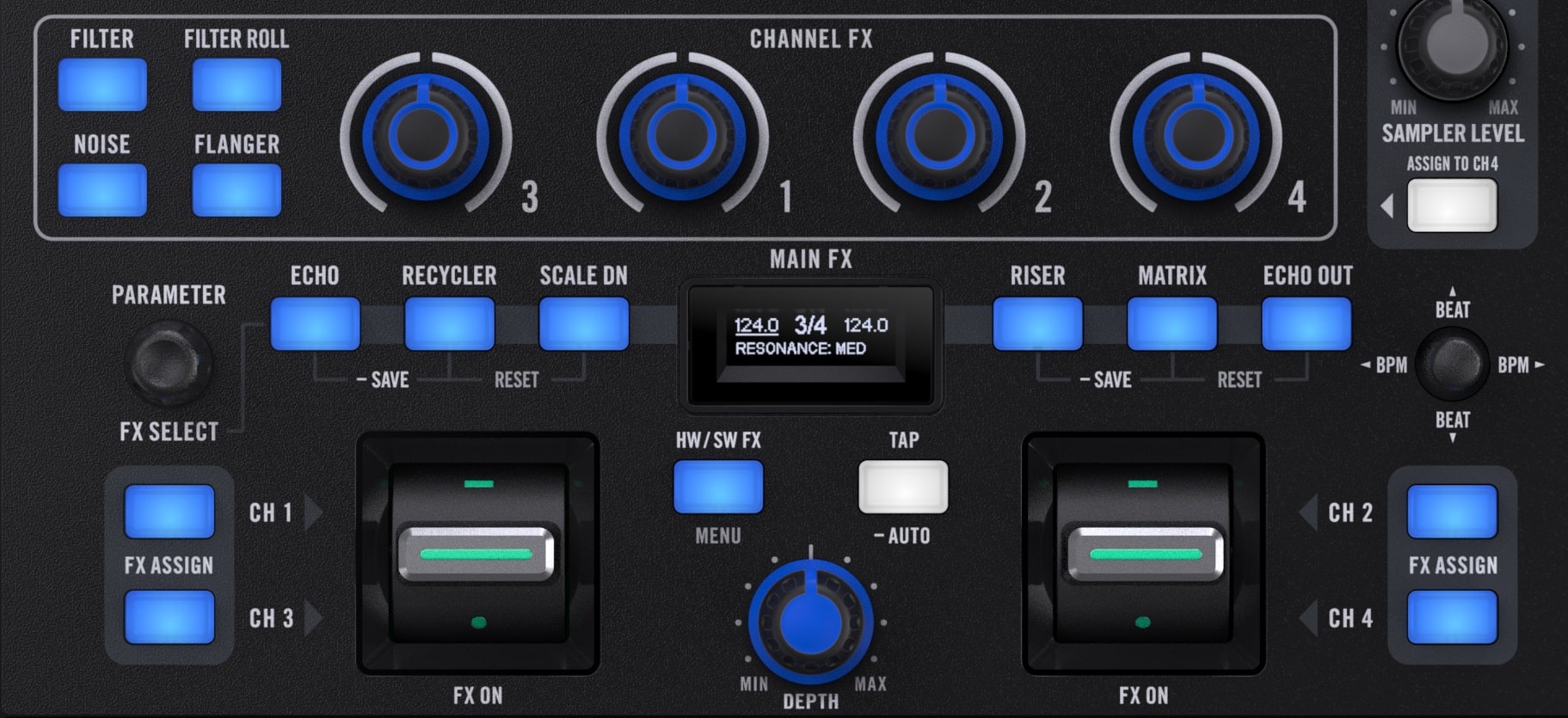
Parameters are plenty with the effects as there’s access to any you could want to adjust quickly and intuitively, with all parameter details displayed on the mixer’s central OLED display.
The effects are triggered with two FX levers. This workflow is the same on most battle mixers, so DJs migrating from a similar set-up should have no issue.
In true battle style, the fader section of the mixer is bare and has the cutter-approved MAG FOUR crossfader with tension adjustment.
The sampler has a dedicated volume pot and can be assigned to channel 4 for access to three-band EQ and effects.
Design
This device has a traditional turntablist feel, retaining a real sense of the ‘ones and twos’.
Built from metal with a clean aesthetic, it embodies everything RANE have become known for, sturdy, clean constructions which offer ultimate durability and performance.
The overall design of the FOUR gives a serious nod to turntablists with its battle-style mixer section and generous 8.5” static jog wheels, which have spotted platters reminiscent of those found on a turntable.
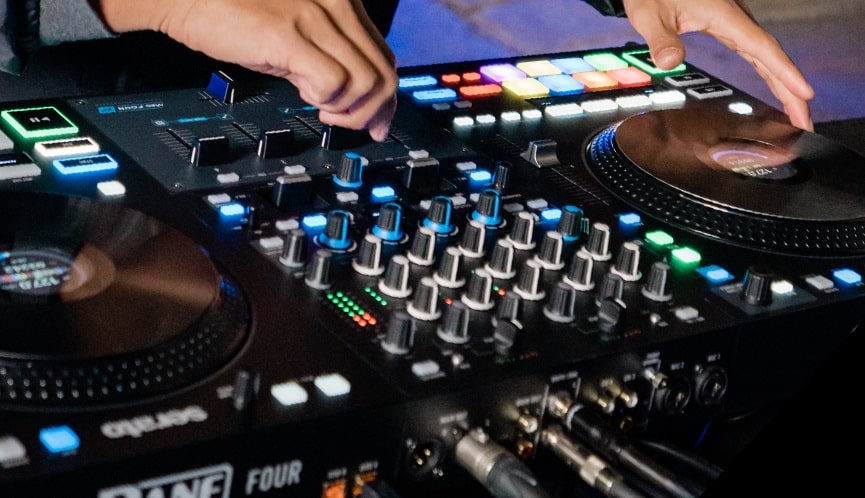
The device is also elevated to the height of a turntable, so would look the part sat alongside a pair RANE TWELVEs, or traditional turntables.
And with a touch of the legendary Technics SL1200, the tempo adjustment slider is full-length with a central click and light indicating zero.
Pioneer DJ DDJ-FLX10
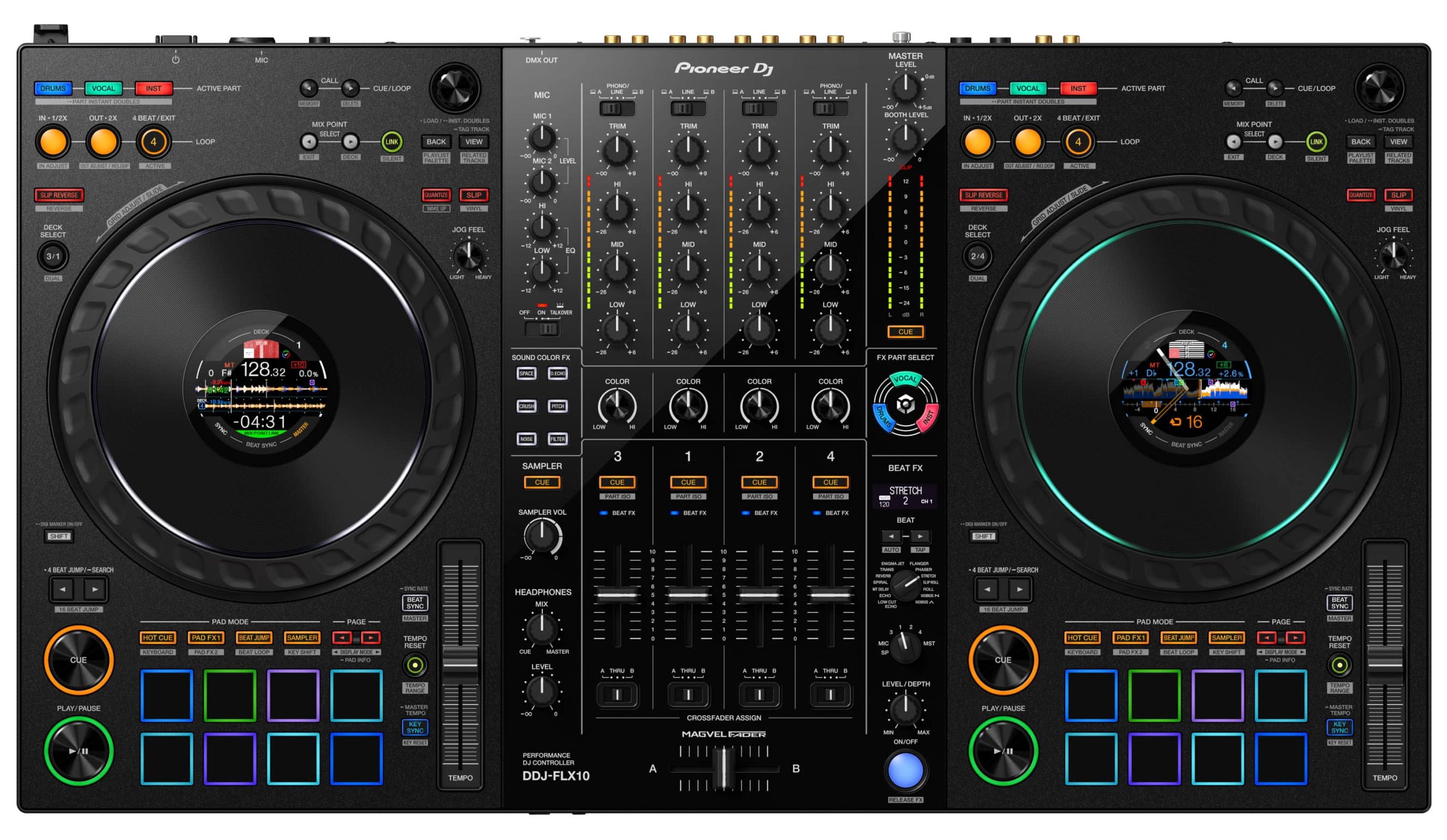
Price: $1599.00
Pros: Lightweight and portable flagship with inherited Pioneer club-standard layout, can run Rekordbox and Serato with forward-thinking control of stems and effects and has modern connections and features.
Cons: Some features printed on its faceplate do not correspond with Serato. It has a barrel power adapter rather than a built-in AEC connection.
The abundance of features may be overwhelming for some DJs.
Overview:
Pioneer need no introduction. Since entering the DJ space in ‘94, they’ve quickly propelled to essential status in the booth.
They have consistently made controllers for Serato since 2012 and Rekordbox since 2015, so FLX10 comes from a rich history of fine-tuning hardware for both platforms.
This device inherits the industry-standard CDJ/ DJM club layout, adding performance pads and stems to the equation!
For more on this flagship device, check out our Pioneer DDJ-FLX10 Review and Walkthrough!
Stems and Serato on FLX10
FLX10 is, first and foremost, a Rekordbox controller!
That said, Serato have worked tirelessly alongside Pioneer to map the controller to near perfection.
This is hands-down the best dual software device to hit the market.
Most functions printed onto the faceplate correspond logically with Serato with very few quirks, such as mislabelled pad modes, which are invisible to anyone working from Serato muscle memory.
The only part of FLX10 that has no relation to Serato is the Mix Point Link controls which correspond to a Rekordbox exclusive feature.
With them, users can mark their tracks with mix-in and mix-out points so an incoming track can automatically play once an outgoing track has reached its mix-out point.
The stems workflow is virtually the same on both Rekordbox and Serato, and it’s great to have this continuity between the platforms.
The main way to work with stems is via the ACTIVE PART buttons. These instantly remove or add stems and are very easy to use.
And, as if this wasn’t enough control over stems, the EQ pots can also be repurposed as stem volume adjusters!
When activated, each EQ pot controls the level of the drums, vocals or other instruments, so tracks don’t need to be split across the channels to make individual stem adjustments.
This allows full remix abilities with just one channel but some DJs may prefer to avoid using this as it means sacrificing the ability to sculpt the sound using traditional EQ.
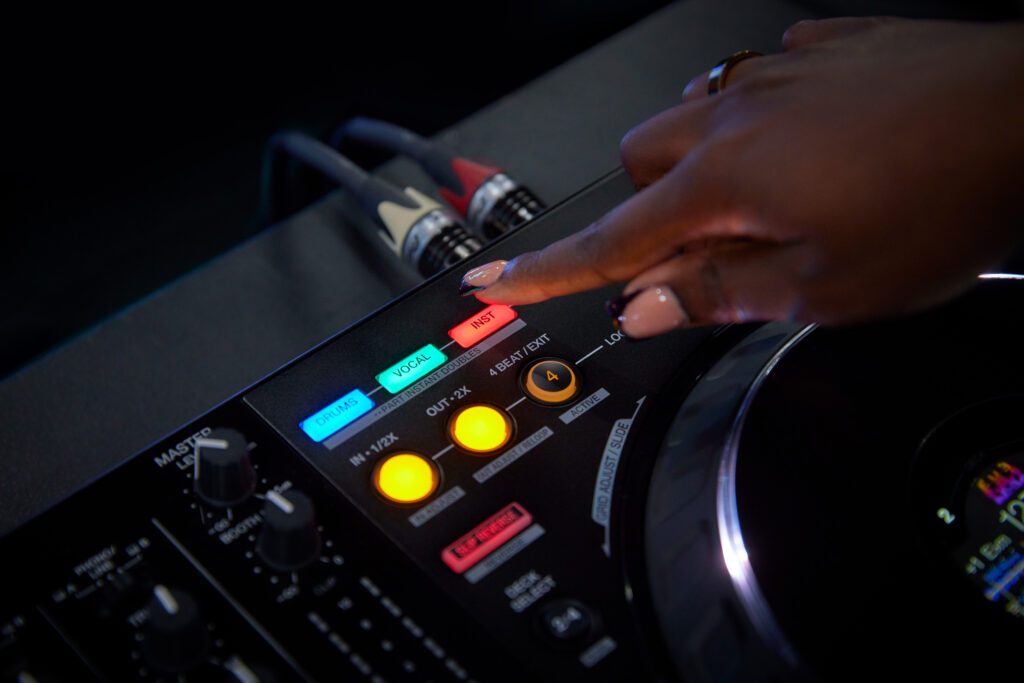
Effects
Pioneer hardware effects have long been considered class-leading and have been levelled up ON FLX10!
The 20 built-in effects have had an audio routing upgrade, so can now affect three individual stem parts separately, thanks to the new FX PART SELECT buttons.
In Rekordbox, the PAD FX are affected by the FX PART SELECT, too.
Unfortunately, this doesn’t apply in Serato, but it’s nice to see that Serato has PAD FX at all.
The beat effects are activated the club standard way, with a big ON/OFF button on the right-hand side of the mixer and can be sent to all channels and microphones, making up for the lack of a dedicated mic echo.
However, the sampler can’t be assigned to a channel like on RANE FOUR, meaning no EQ or effects can be applied to the sampler.
The six sound colour effects are all hardware-based, so affect everything going through the mixer’s main four channels. In typical Pioneer fashion, they are very well implemented and sound great!
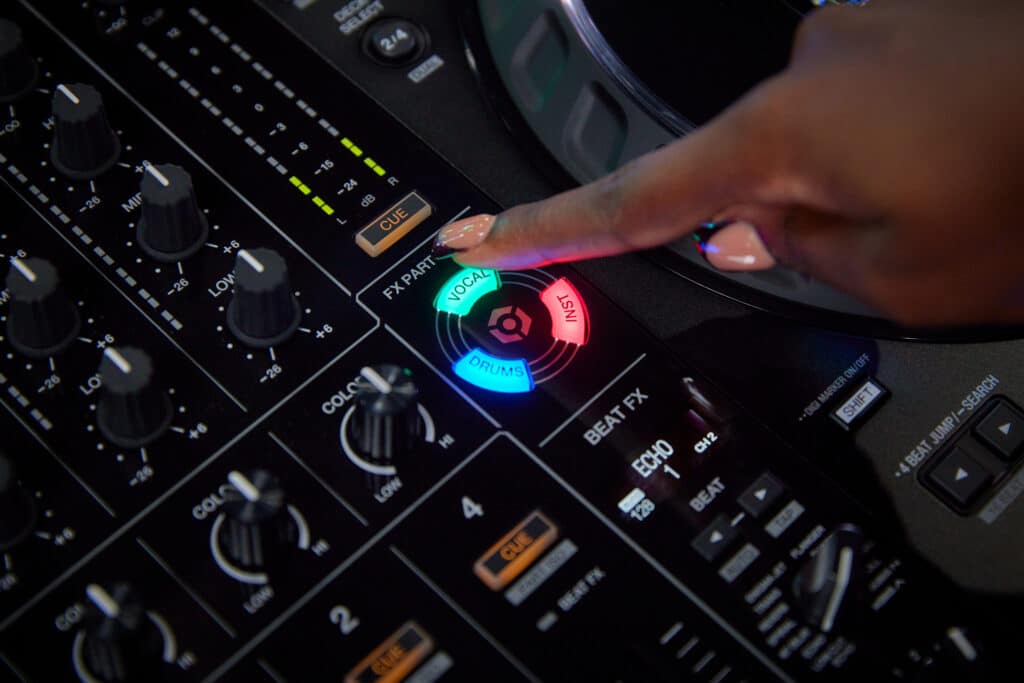
Design
Built from sturdy and durable plastic, FLX10 looks like a beefed-up version of its predecessors, the DDJ-1000 and 1000 SRT, which were some of Pioneer’s best-selling controllers.
It features the mighty MAGVEL crossfader, but not the MAGVEL PRO, as found on the DJM-S mixers.
However, this isn’t much of an issue as it can still pull off decent cuts and scratch patterns without a tension feel adjustment like on RANE’s MAG FOUR.
As its layout emulates Pioneer’s flagship club gear, DJs who get used to working on this will have no problem migrating to a professional booth.
And that’s the vibe of this kit. Club standard through and through, giving DJs plenty of workflow and mixing style options.
FLX10’s only real drawback is that it crams in so many features that it may appear busy and overwhelming to some. This also makes accessing some killer features more involved than on RANE FOUR.
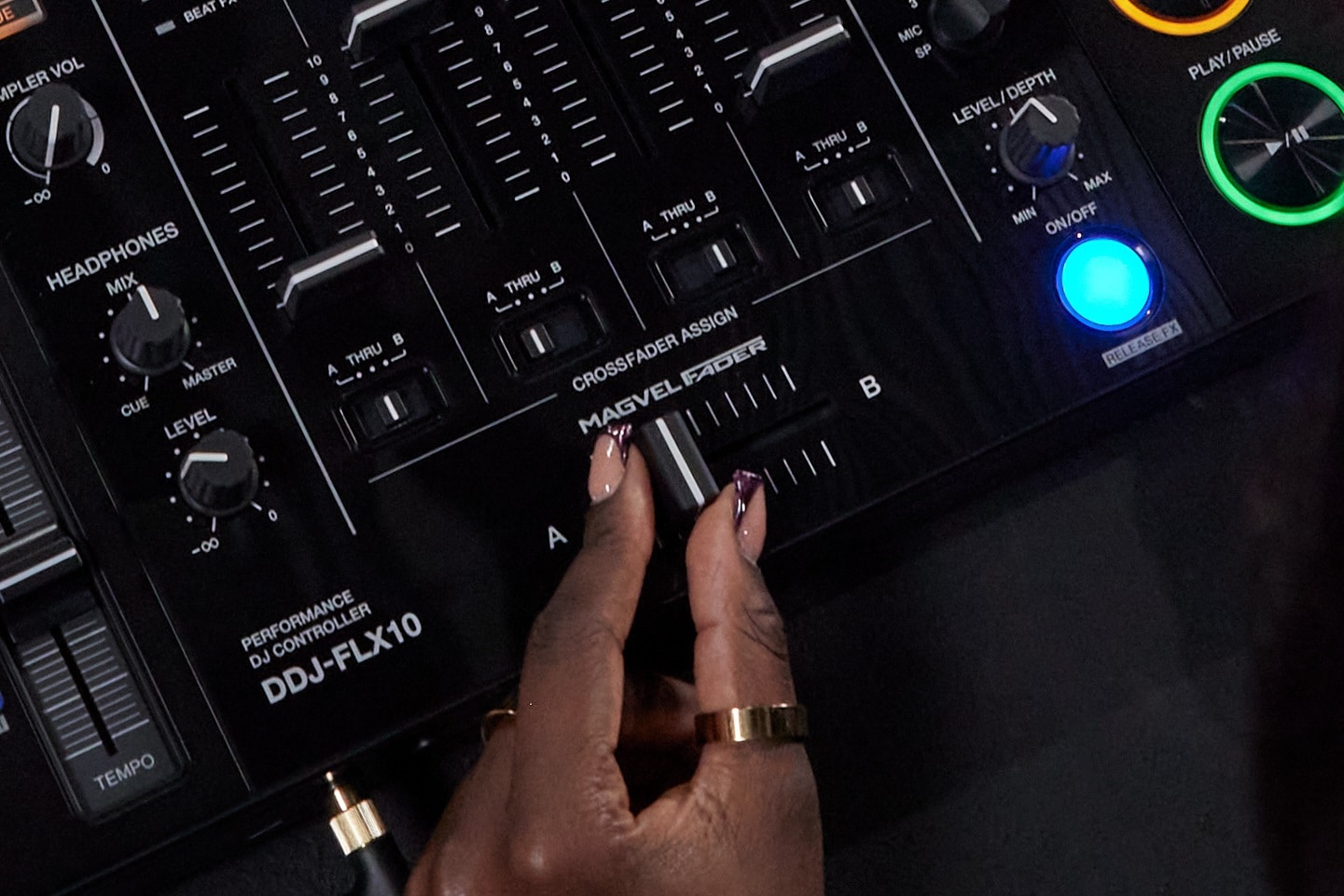
What sets the controllers apart?
Both these controllers do a fantastic job handling stems and Serato DJ 3, but with some key differences.
Jog Wheels
RANE FOUR
The touch-capacitive jogs from RANE come pre-balanced and cant be adjusted. Their tension isn’t too tight or loose, but the scratching experience may not be to everyone’s exact taste.
FLX10
Whilst the RANE FOUR has a turntable-inspired look, ironically, it is the FLX10 that gives scratch DJs ultimate control over the feel of the wheel! The mechanical jog has a tension adjustment dial allowing it to be set super tight or free spinning.
Jog Screen
RANE FOUR
The screens in the centre of both jogs are crisp and clear, easily displaying everything from waveform overview to track meta-data. RANE’s viewing options are not changeable. However, it has all the essential performance data and will do a great job for most.
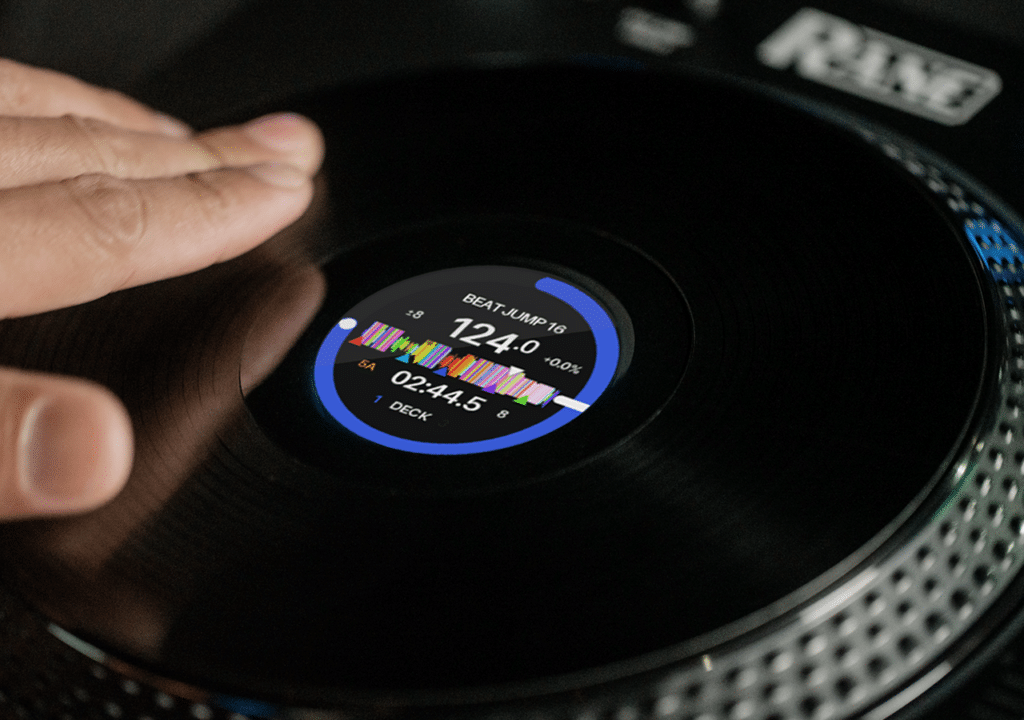
FLX10
Pioneer gives plenty of options for the screens’ view, including displaying stacked and zoomed waveforms, album artwork and custom logos.
The additional jog wheel illumination on FLX10 is both stylish and practical in helping you understand what’s going on with a deck, a feature not present on RANE’s jogs.
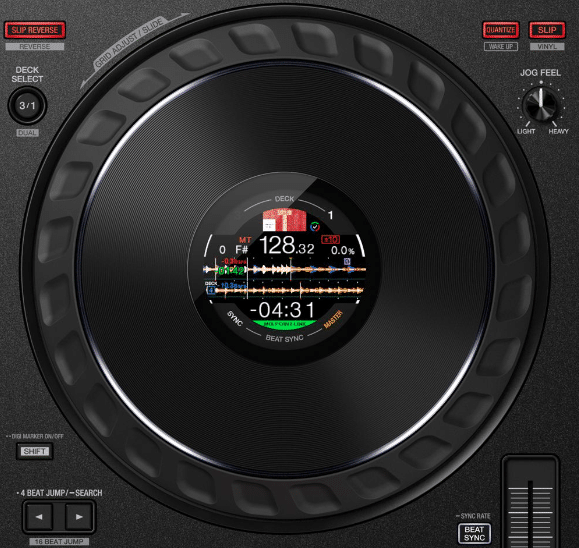
Stems Integration
RANE FOUR
RANE’s Stem Split function is simply genius! It’s easy to use, very effective, and the results are instant!
FLX10
The FLX10 also effectively has the Stem Split feature, but its execution is more complex with the added steps of choosing the deck you want the stem to go to and then locking the decks together.
For those who want to use the performance pads for stems, FLX10 requires users to swap out another pad mode as this hasn’t been factored in natively as on RANE FOUR.
Effects
RANE FOUR
Activation of the main effects is where these controllers really differ.
RANE’s effect levers offer an incredibly quick application, and as their placement is next to the decks, it’s easy to see which decks will be affected.
The design is typical of open format and battle DJ rigs where effect activations take place amid busy hand movements, so need to be easily accessed.
RANE FOUR also has an ability similar to Pioneer’s impressive FX PART SELECT, involving splitting stems between two channels and then sending the split channel through the effects.
This method is more involved than Pioneer’s, meaning only the vocal or whole instrumental can be affected, but not the drums or instruments on their own, as with FLX10.
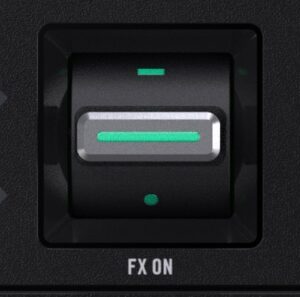
FLX10
The Beat FX ON/OFF button represents the ‘club’ way of doing things.
DJs must choose the channel to affect first, making it a less heat-of-the-moment application but one that has proven effective amongst club veterans for 20-plus years.
The FX PART SELECT buttons are a fantastic addition to this workflow and bring unprecedented control to the effects.
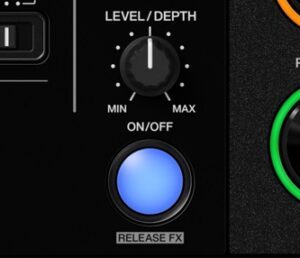
Microphones
RANE FOUR
This unit has two combo XLR/TRS jacks, two sets of 2-band EQ, and a dedicated echo for mic 1.
There’s plenty of flexibility within the FOUR software for microphone audio, too, allowing their routing to be toggled on or off for the MASTER output, the BOOTH output and the USB output for session recording.
Perfect for working DJs as it caters for any type of MC situation.
FLX10
Though there’s no dedicated Mic Echo, the FLX10 allows the mic to be affected by all of the BEAT FX!
However, its inserts are less comprehensive with one combo jack and one TRS jack, and the 2-band EQ is shared between both mics.
I/O
RANE FOUR
Overall audio quality is excellent, with 24bit/ 48kHz DACs taking care of the noise being fed through to the speakers.
It easily plugs into professional and domestic rigs and can host two additional decks. Also, two traditional USB-B ‘printer’ connectors plug in dual laptops for changeovers.

FLX10
This unit offers the same spec as RANE, with the addition of four external decks that can plug in, one per channel.
It also has two modern USB-C connections for laptops and a DMX input for plugging in professional lights, a feature absent from RANE FOUR.

Performance Buttons
RANE FOUR
The performance pads are MPC quality and have eight typical Serato modes, including Hot Cue, Pitch Play, Sampler and Scratch Bank, the perfect accompaniment for hip hop, battle and open format sets.
Above each row of pads sits a mini OLED screen giving details on the current mode in play.
Each deck has four mini-screens, allowing DJs to name Hot Cues, Samples and Saved Loops for less looking at a laptop screen!
The PLAY / PAUSE button is big and responsive, but the CUE button is small, considering it is in constant use.
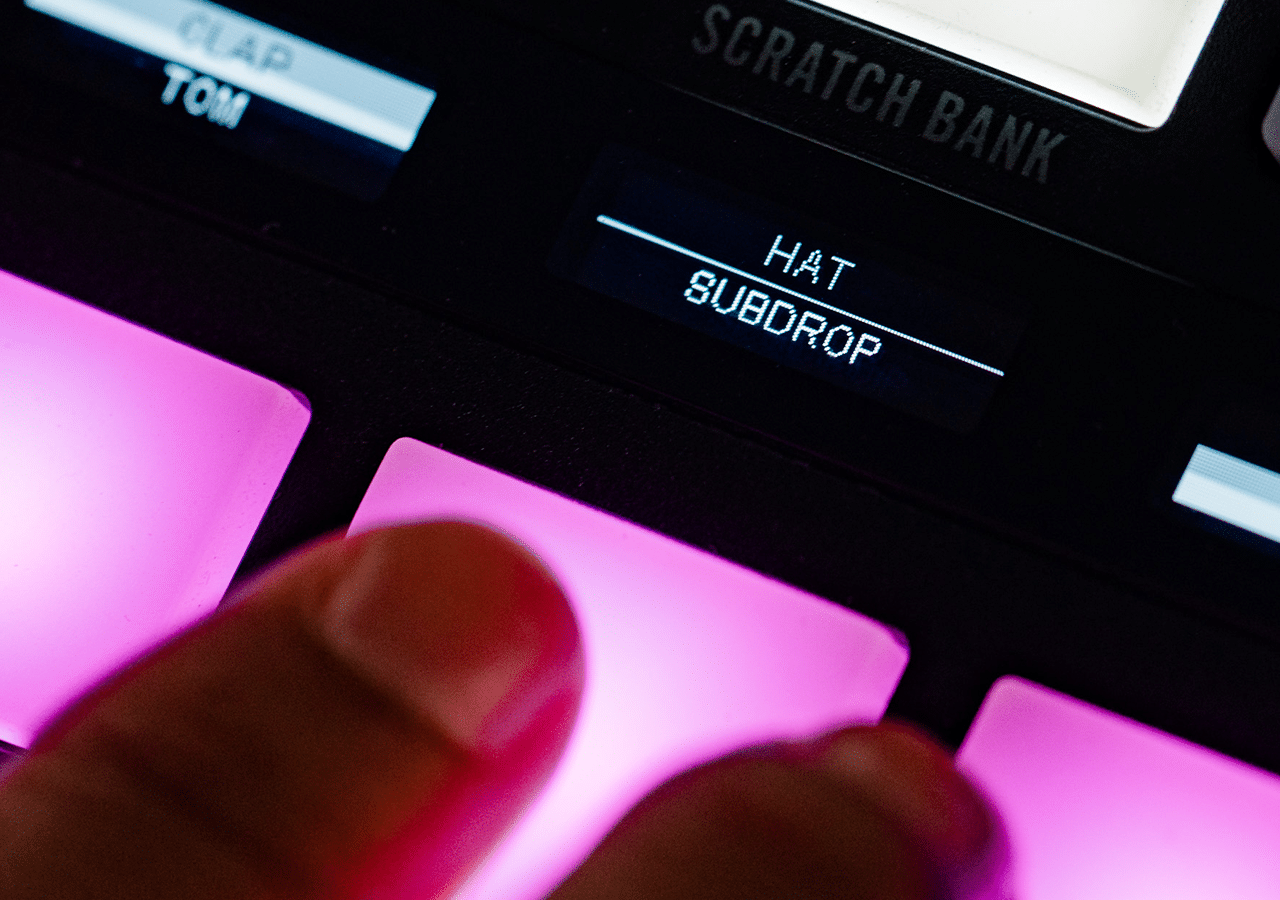
FLX10
On FLX10, the Performance Pads are impressively responsive and include the awesome PAD FX, not found on RANE FOUR.
They are missing the dedicated OLED screens, though, so more emphasis lies on muscle memory or looking at a screen for Hot Cue names etc.
Its PLAY/ PAUSE and CUE buttons are proven club warriors that can take an absolute hammering!
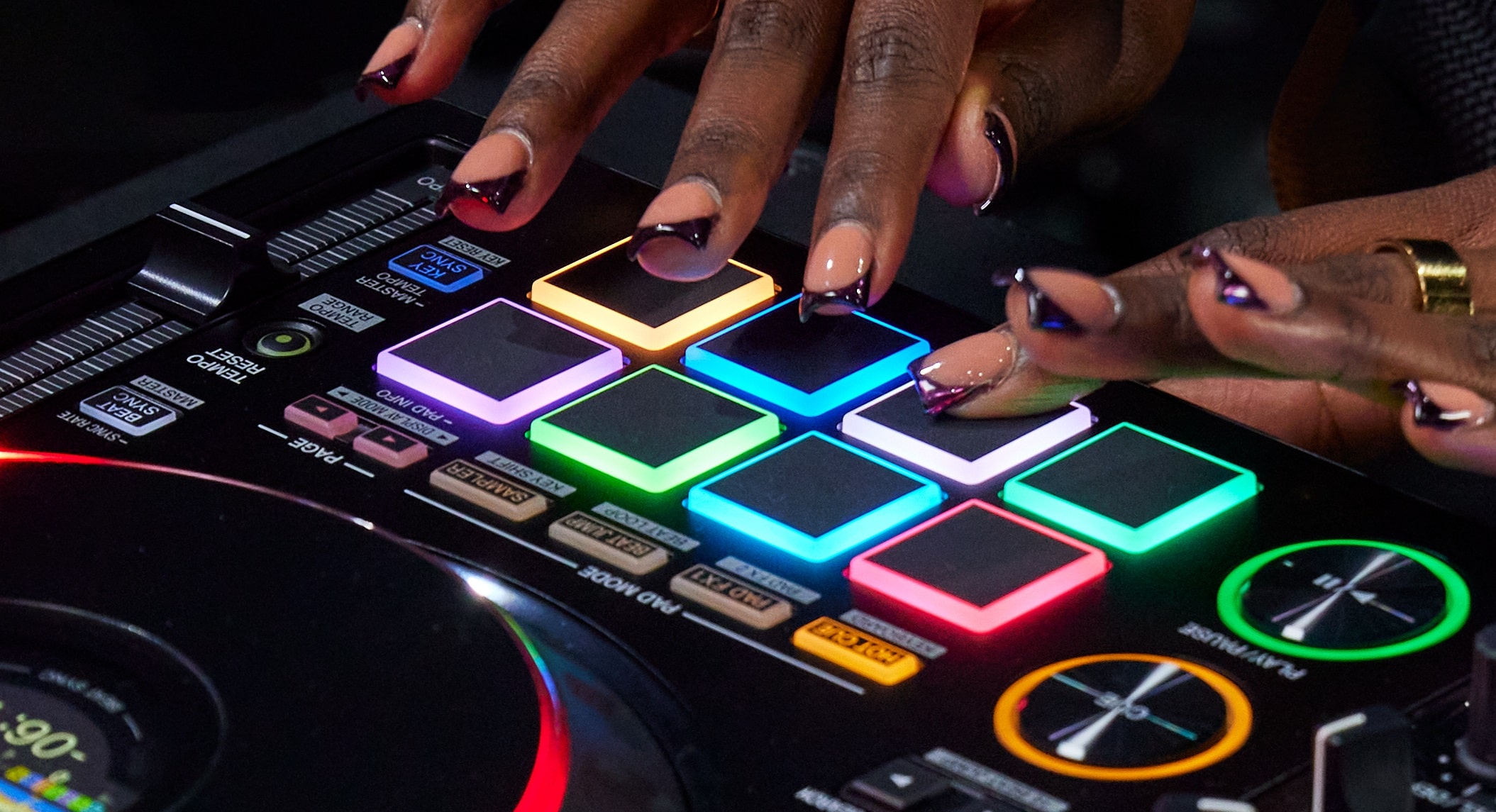
RANE FOUR or FLX10?
Our hats are off to both devices, capable of delivering impressive four-deck DJ sets with full creative control over stems.
You’ll love RANE FOUR if you’re dead set on Serato, as it’s the most Serato-integrated controller on the market.
It feels and looks like a more traditional old-skool rig but with a healthy helping of modern conveniences sprinkled throughout. Its butter-like jogs, sharp crossfader and battle mixer, will have open-format DJs feeling right at home!
Comprehensive control over microphone audio routing makes it ideal for mobile and live-streaming DJs, and the fact that the sampler can go through a mixer channel for added sound sculpting may be a deciding factor for some.
RANE is definitely the best choice for open-format and battle DJs, and those wanting a dedicated Serato device.
If, on the other hand, you need a device with complete flexibility, Pioneer have nailed the multi-platform formula!
Despite being lightweight and low-profile, FLX10 is an absolute beast with modern connections and plenty of ‘next-gen’ features like MIx Point Link.
In the right hands, this device is capable of almost limitless creativity, and with adaptable options for nearly every feature, it’s perfect for those who like to optimise their kit.
As always, Pioneer’s key selling point is the promise of the club. FLX10 provides a taste of the booth, and we expect to see the stem PART SELECT and absolutely genius FX PART SELECT buttons make their way over to future club releases too.
This unit comes out on top for working DJs and those who want to play on club equipment. It hosts everything a DJ needs, with the ability to plug in professional lighting via DMX, and allows the DJ to customise the experience.
If you’ve decided which stems controller is right for you, Crossfader are here to help you unleash its potential. We’ll show you how to make the most of every feature in Serato and Rekordbox, at your own speed, with our dedicated beginner and intermediate courses.
And, if you’re ready to take your DJ career to the next level, we’ve got you covered like never before!
Our Complete Package gives you lifetime access to all Crossfader courses, exclusive bonus material, including a Serato Stems crash course, and so much more!
We guarantee you’ll be confidently mixing within 60 days or your money back!

Complete DJ Package
835 hours
1300+ lessons
Creative
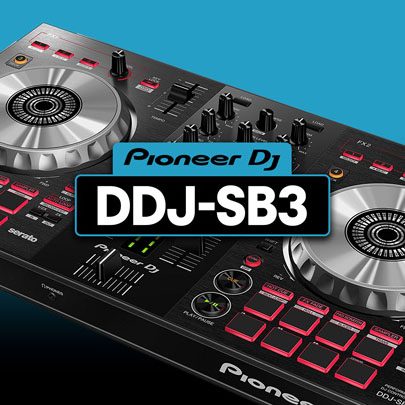
Pioneer DDJ SB3 DJ Course
3.75 hours
28 lessons
Beginner
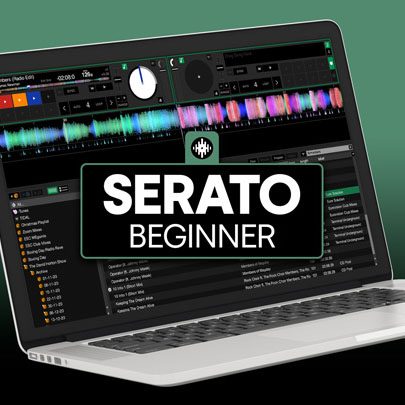
Serato DJ Course
3.5 hours
23 lessons
Beginner
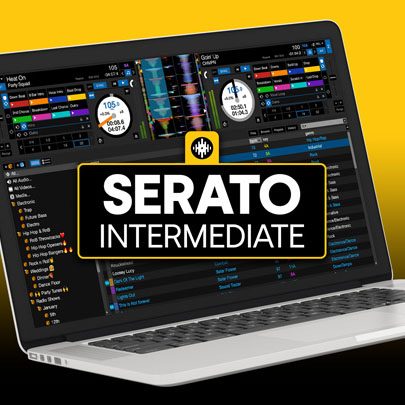
Serato DJ Course
8.5 hours
47 lessons
Intermediate
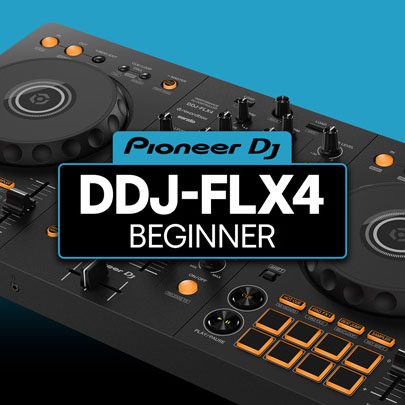
Pioneer DJ DDJ-FLX4 Course
7 hours
41 lessons
Beginner

Complete DJ Package
835 hours
1300+ lessons
Creative
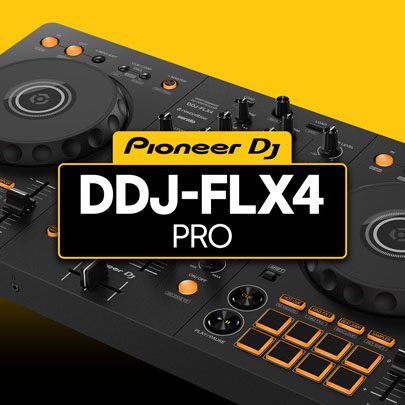
Pioneer DJ DDJ-FLX4 Pro Course
9.5 hours
49 lessons
Intermediate
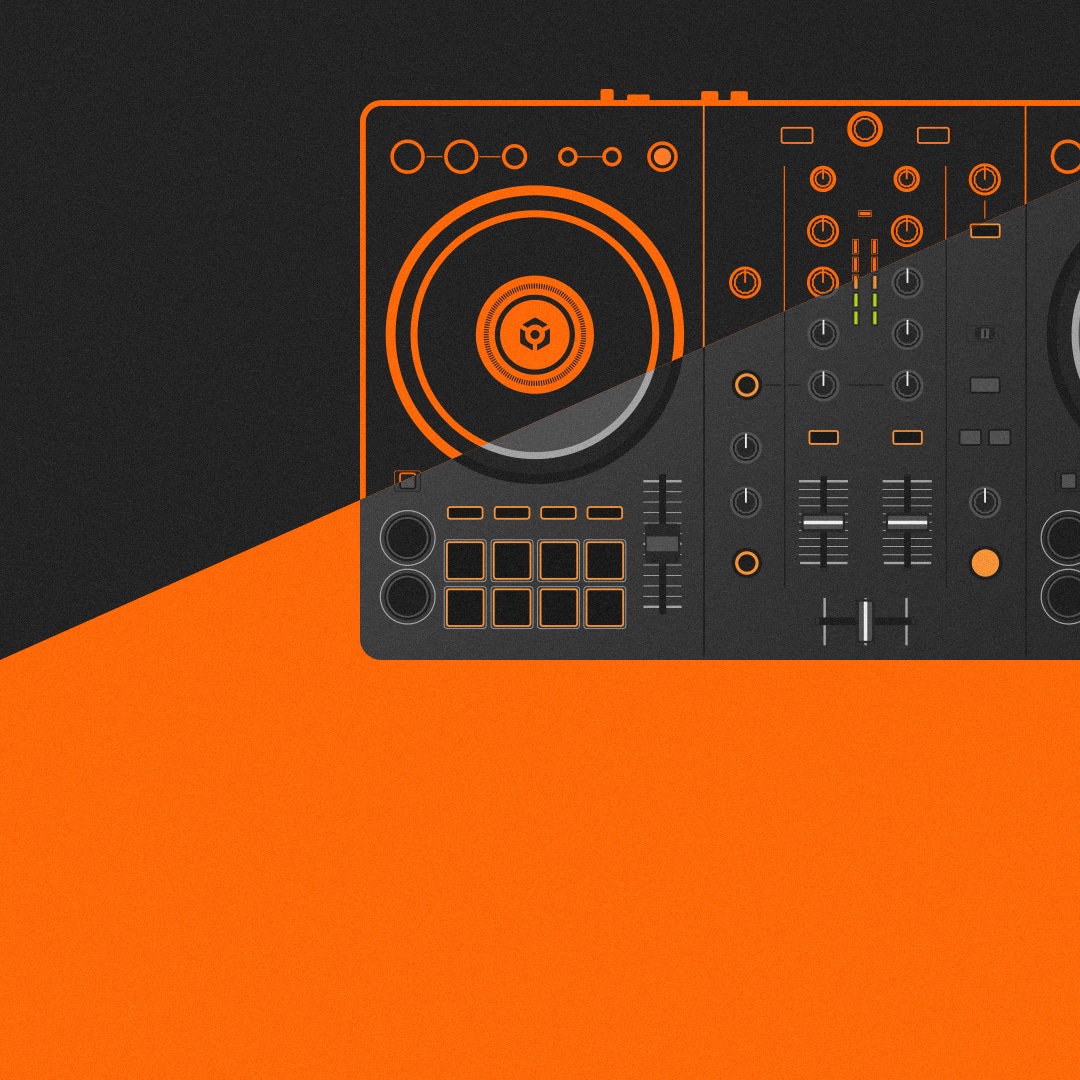
DDJ FLX4 Beginner To Pro Bundle
16.5 hours
90 lessons
Beginner
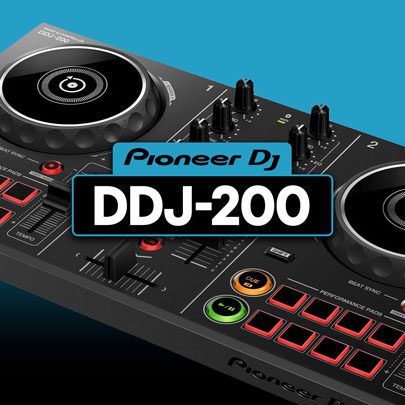
Pioneer DJ-200 DJ Course
4.75 hours
28 lessons
Beginner
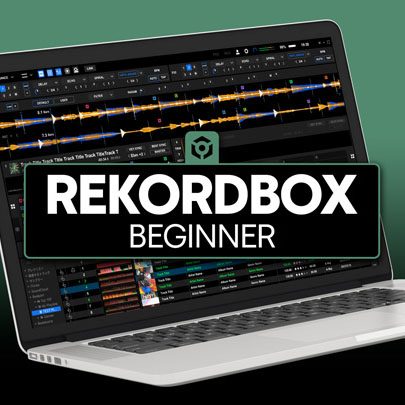
Rekordbox DJ Course
5.5 hours
37 lessons
Beginner
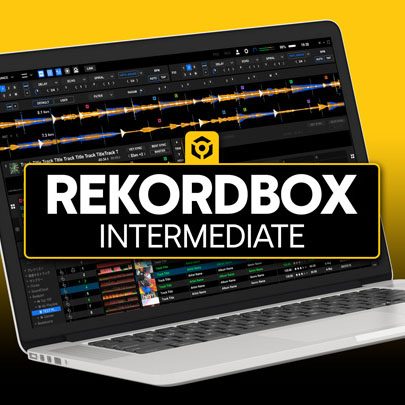
Rekordbox DJ Course
7.5 hours
49 lessons
Intermediate
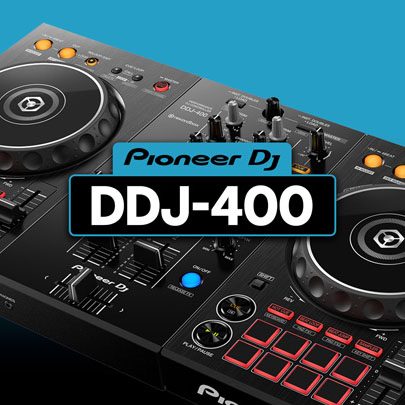
Pioneer DDJ-400 DJ Course
7 hours
30 lessons
Beginner

Pioneer DJ DDJ-FLX4 Course
7 hours
41 lessons
Beginner

Complete DJ Package
835 hours
1300+ lessons
Creative

Pioneer DJ DDJ-FLX4 Pro Course
9.5 hours
49 lessons
Intermediate

DDJ FLX4 Beginner To Pro Bundle
16.5 hours
90 lessons
Beginner

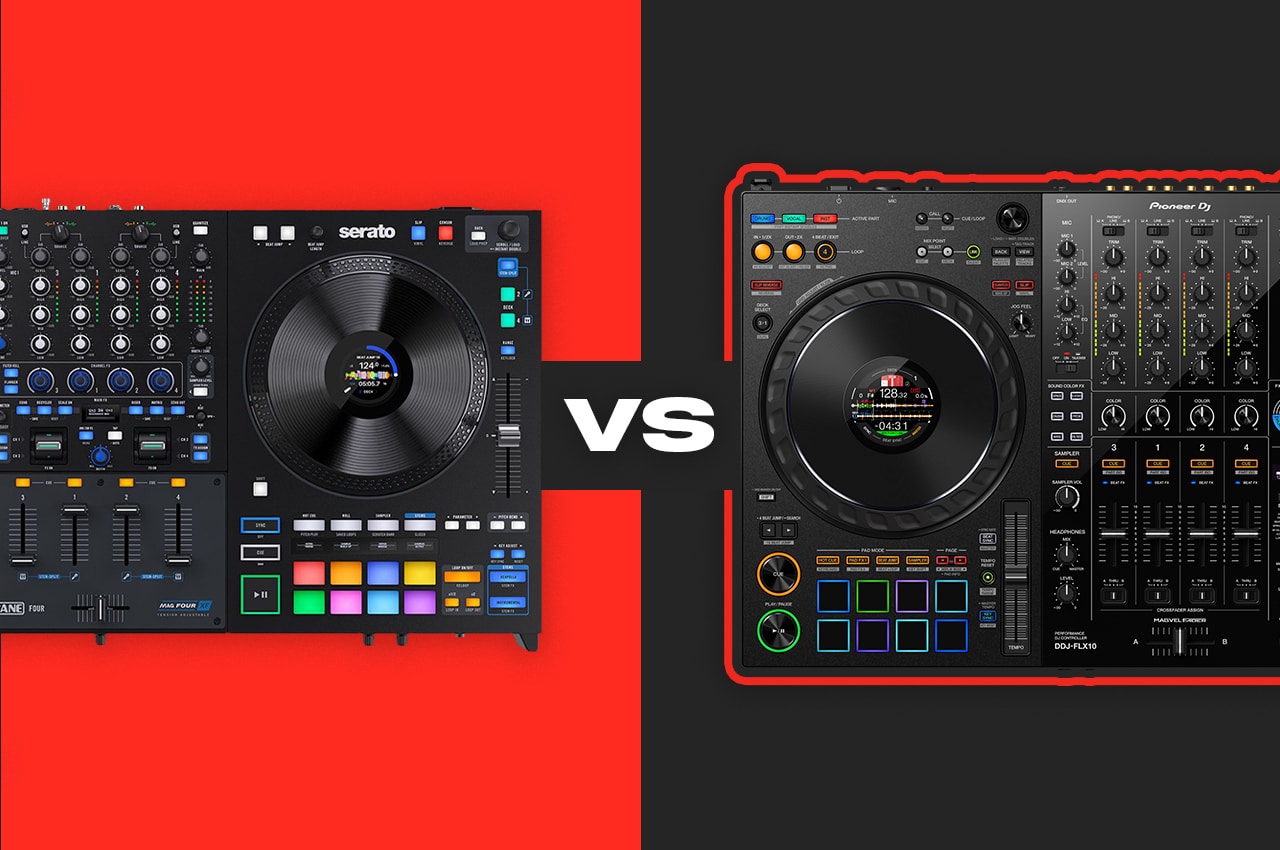
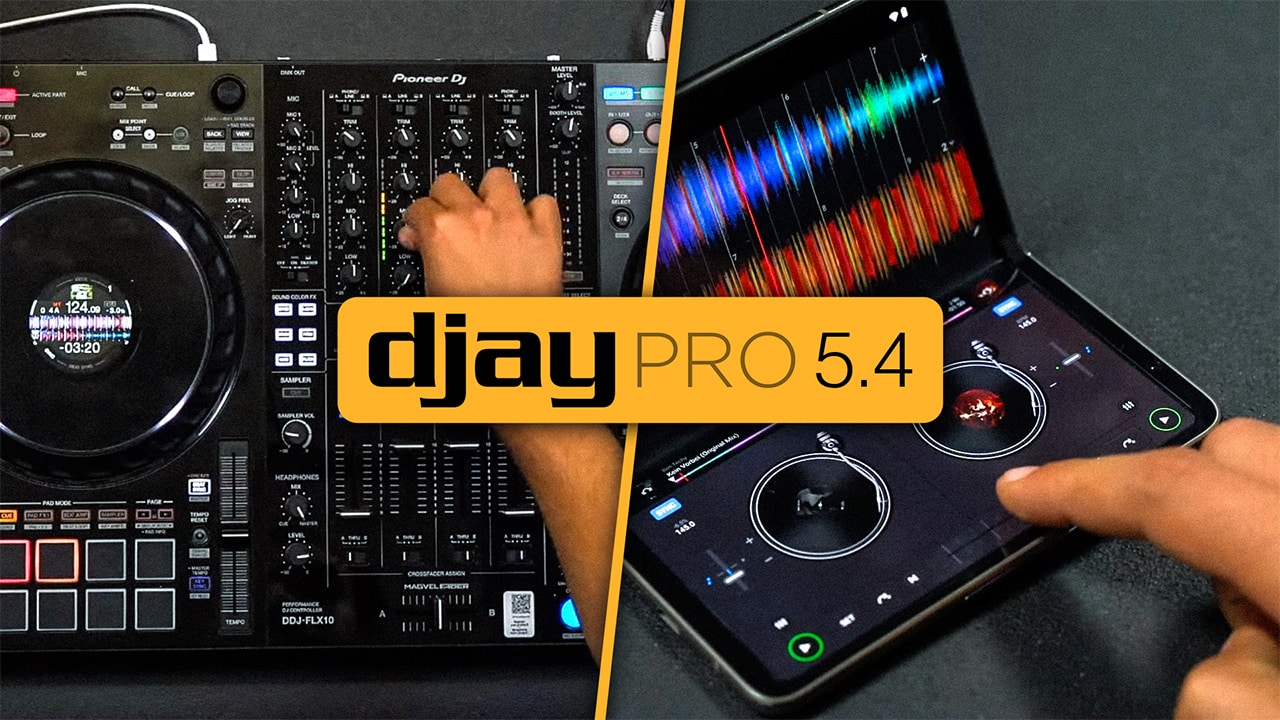

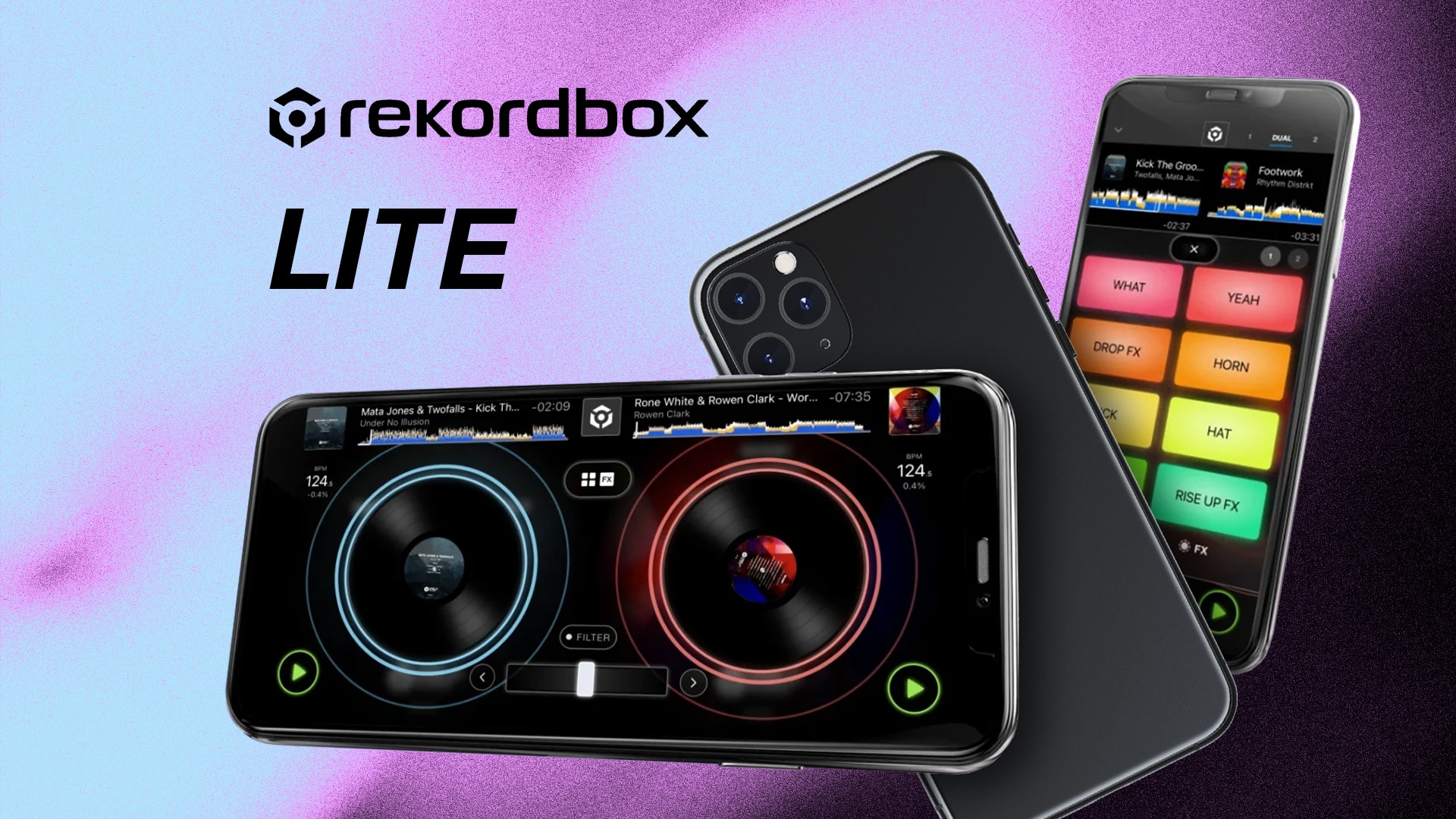

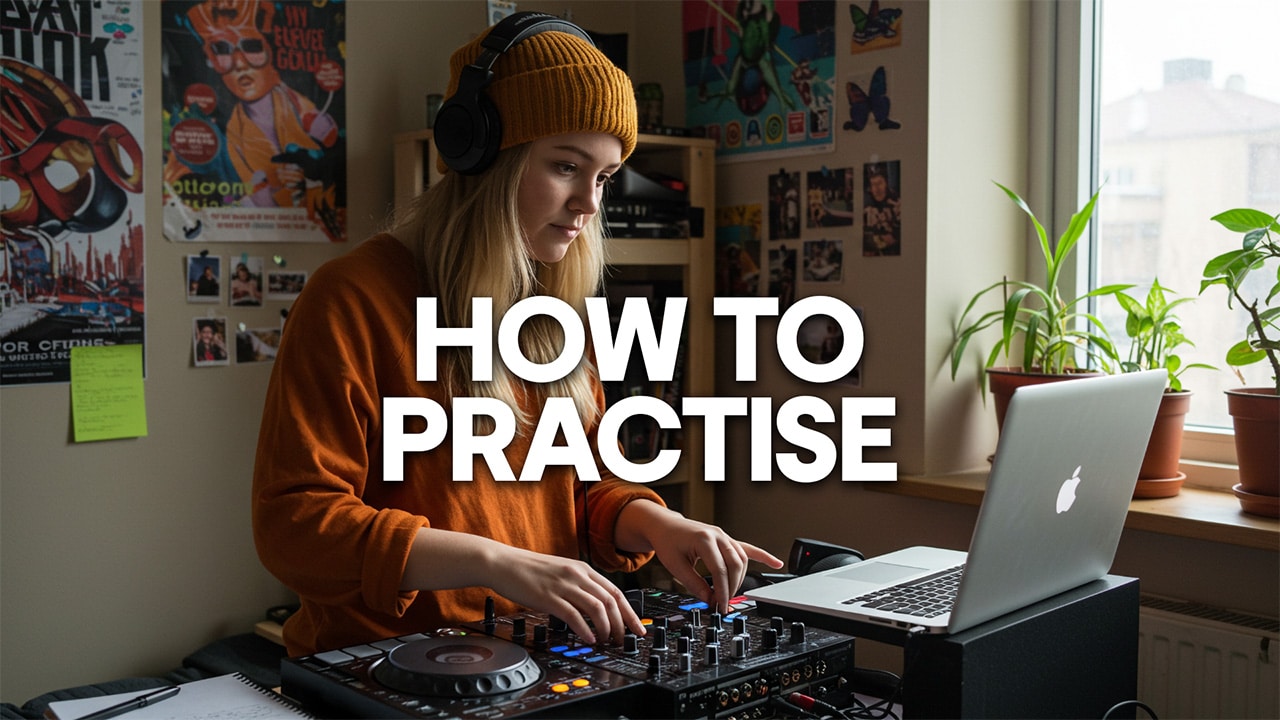
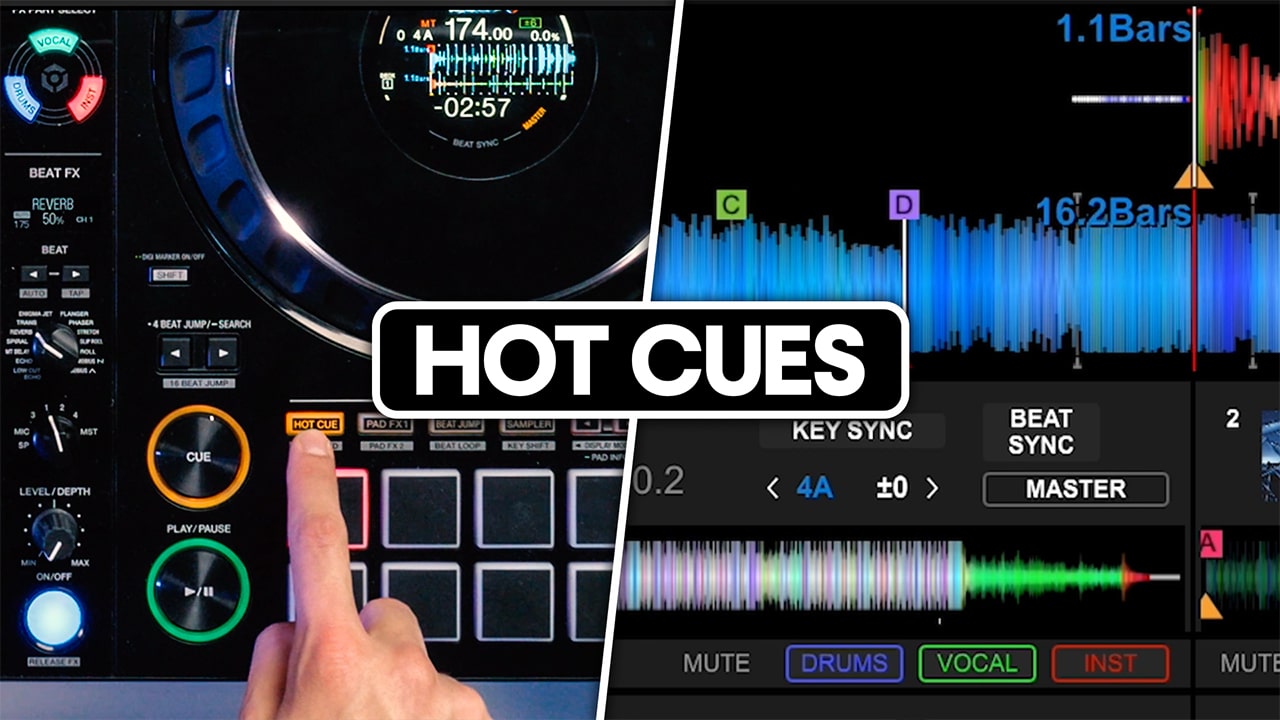
0 Comments